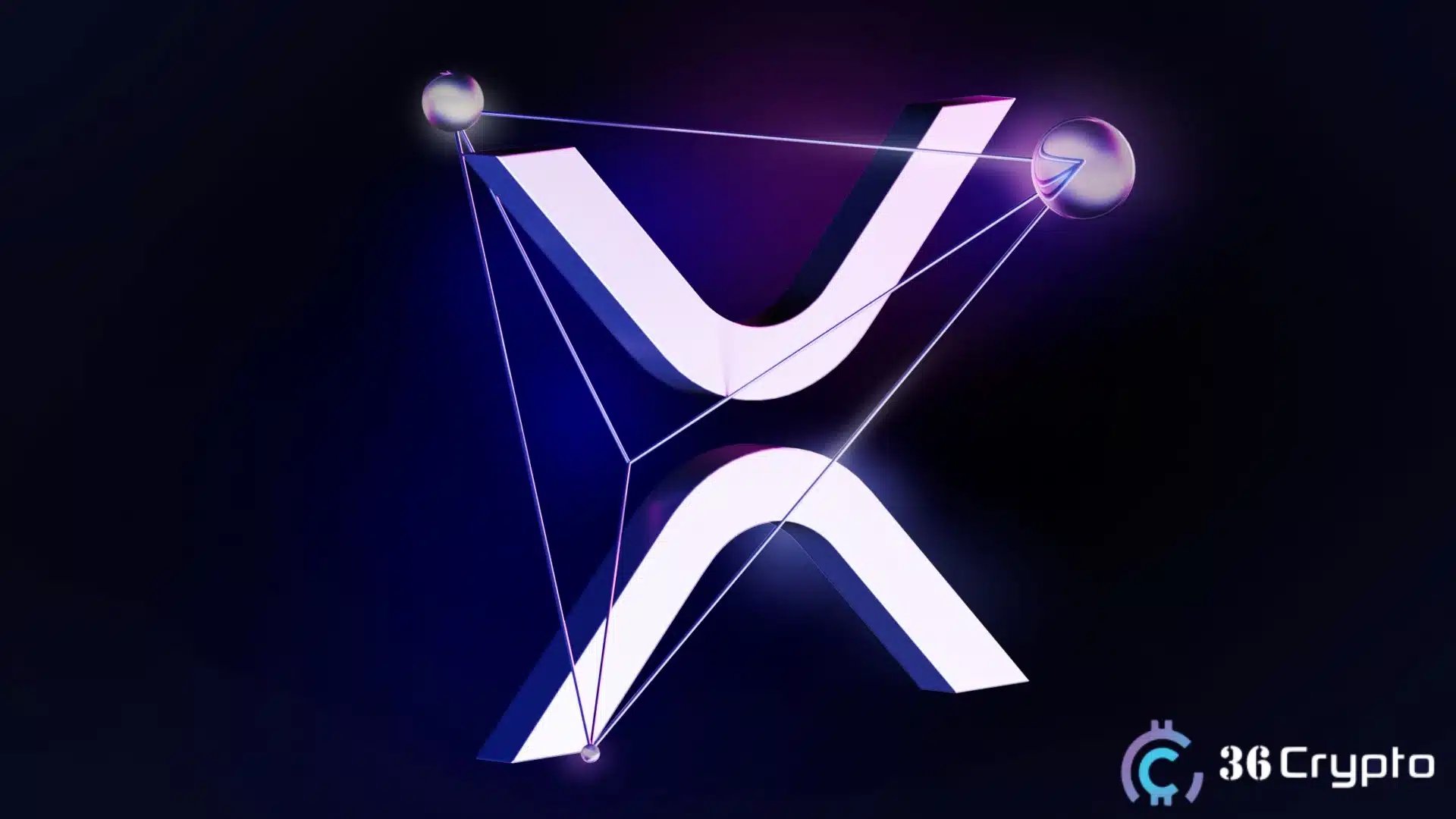Zero Knowledge Proof Manifesto Exposes Rigged Presale System While Building $100M Network Before Token Sale
The crypto industry has seen it all. Networks launch with half-finished roadmaps, raise capital on anticipation, and only start building once the crowd files in. A new crypto, Zero Knowledge Proof (ZKP), is putting an end to this by not repeating this cycle.
What makes ZKP crypto so unique is that its entire private AI network was built upfront, even before opening its whitelist for participants. The project has spent $100 million to build the Zero-Knowledge Proof (ZKP) network without receiving a single dollar from any presale funding.
The recently released Zero Knowledge Proof (ZKP) manifesto frames this approach as a direct response to a system that it says has been “rigged from the start.” A network built first can’t shift blame, rewrite intentions, or hide behind future promises. Code carries the truth, and Zero Knowledge Proof (ZKP) lets the code lead. That’s why analysts are now placing zero knowledge proof crypto among the new crypto presales to watch in 2025. It doesn’t follow the industry pattern. It exposes it.
Manifesto Rejects External Control Completely
The manifesto takes a firm stance on removing external control from blockchain systems. It criticizes models where early capital influences design, distribution, and long-term direction. That critique applies to much of the industry today, where major L1s were shaped behind the scenes before the public ever saw a whitepaper.
The Zero Knowledge Proof (ZKP) team chose the opposite path. They funded the network themselves, invested more than $100 million in building it, and completed the chain long before launching its upcoming presale auction.
By eliminating outside stakeholders, the project avoided the pressure points that often distort ecosystems. Supply adjustments, priority access, or strategic compromises that favor those who enter early.
The manifesto makes it clear that fairness has to be built into the system. Zero Knowledge Proof (ZKP) was put in place before anyone was allowed to join. This is one reason analysts now consider the ZKP crypto coin among the new crypto presales to watch. The appeal isn’t built on hype. It’s built on the fact that the network arrived fully developed instead of being gradually shaped by early beneficiaries.
Complete Infrastructure Before Public Access
Most crypto projects begin with fundraising. The ZKP crypto has built the entire network before opening its presale auction. The manifesto makes the stance clear: “No investors. No permission. No leash. We wired our own. Over $100 million of it.”
That single line undercuts the typical crypto launch process seen across the last decade. Avalanche, Aptos, and even many AI-driven chains depended on structured allocations that shaped community perception long before the public ever interacted with the network.
The ZKP crypto coin has avoided that by completing the foundation before the first wallet could register. The builders have funded more than $100 million on creating and completing the chain, the AI layer, and the computation environment without relying on presale funds. The project has spent $20 million on building the infrastructure and $17 million on its Proof Pods hardware.
As a result, the infrastructure is ready to go live at any time, without waiting for funding to be first complete. This reversal of order is what gives Zero Knowledge Proof (ZKP) its narrative power. A network is strongest when its creators choose cost over compromise. The manifesto treats that decision not as pride, but as accountability. This approach distinguishes it among new crypto presales.
Daily Auctions Eliminate Class Systems
After funding, the next structural flaw the manifesto targets is distribution. Traditional presales build classes: early buyers, private rounds, strategic allocations, influencer buckets, and finally, the general public. By the time a token reaches its main sale, half the supply is already predetermined.
Zero Knowledge Proof (ZKP) rejected that structure completely. Its distribution will operate through a recurring auction model, the first of its scale in crypto. Instead of presale layers, the network will use daily 24-hour auction cycles, each beginning with equal conditions for all participants. A $50,000 maximum prevents single-wallet dominance. There are no rollover advantages, no hidden percentages, no informal early lists. Fairness is enforced structurally, not rhetorically.
This design directly addresses the pain points of previous cycles. Many Ethereum-based presales became dominated by whales. Solana’s earliest rounds created an imbalance still discussed today.
Many AI coins used influencer-steered or privately coordinated allocations, leaving public participants to respond to pathways already shaped. Zero Knowledge Proof (ZKP) breaks that cycle. Each 24-hour presale auction will begin fresh: no rollover, no inherited advantage, no leftover pressure.
Privacy Technology Built Into Core Architecture
The manifesto refuses every form of dependency: no preferred wallets, no whisper deals, no private terms. Zero Knowledge Proof (ZKP) network’s design reinforces that same principle at the technical level. ZKP crypto verifies computation without exposing data, avoiding the visibility trade-offs that many AI chains accept as normal.
The network verifies computation privately using zero knowledge execution. This means the system can confirm actions without exposing underlying data. Most AI-focused chains require visible inputs, creating analytics trails and surveillance risk. Zero Knowledge Proof (ZKP) eliminates that vulnerability. Users remain shielded even when the network is under full load.
This combination of independence and privacy is rare. Chains often excel in one at the expense of the other. Zero Knowledge Proof (ZKP) treats them as inseparable. That cohesion is why the project increasingly appears in discussions about new crypto presales worth watching. Zero Knowledge Proof (ZKP) brings privacy, neutrality, fairness, and execution under one philosophy instead of treating them as separate features added over time.
Completion Replaces Anticipation in Launch
The ZKP crypto manifesto functions as a warning shot to a market built on anticipation instead of completion. Zero Knowledge Proof (ZKP) has opened its whitelist and is set to launch its presale auction phase with no unfinished foundations, no early beneficiaries, no privileged access, and no compromises shaped by external influence. The network has arrived, finished, funded, and aligned with its principles.
As attention shifts toward the next wave of blockchain innovation, Zero Knowledge Proof (ZKP) message cuts sharply through the noise. Autonomy gives a system weight. Privacy gives it protection. Architecture gives it credibility. Zero Knowledge Proof (ZKP) has stepped into the crypto industry carrying all three. For those evaluating new crypto presales, this combination of self-funding, completed infrastructure, and structural fairness represents a fundamental departure from industry norms.
Find Out More At: https://zkp.com/
This publication is sponsored. Coindoo does not endorse or assume responsibility for the content, accuracy, quality, advertising, products, or any other materials on this page. Readers are encouraged to conduct their own research before engaging in any cryptocurrency-related actions. Coindoo will not be liable, directly or indirectly, for any damages or losses resulting from the use of or reliance on any content, goods, or services mentioned. Always do your own researchs.
The post Zero Knowledge Proof Manifesto Exposes Rigged Presale System While Building $100M Network Before Token Sale appeared first on Coindoo.
Vous aimerez peut-être aussi

Crypto Wealth Isn’t Determined by How Hard You HODL – It’s About How Smart You Work (Op-Ed)

Cashing In On University Patents Means Giving Up On Our Innovation Future
